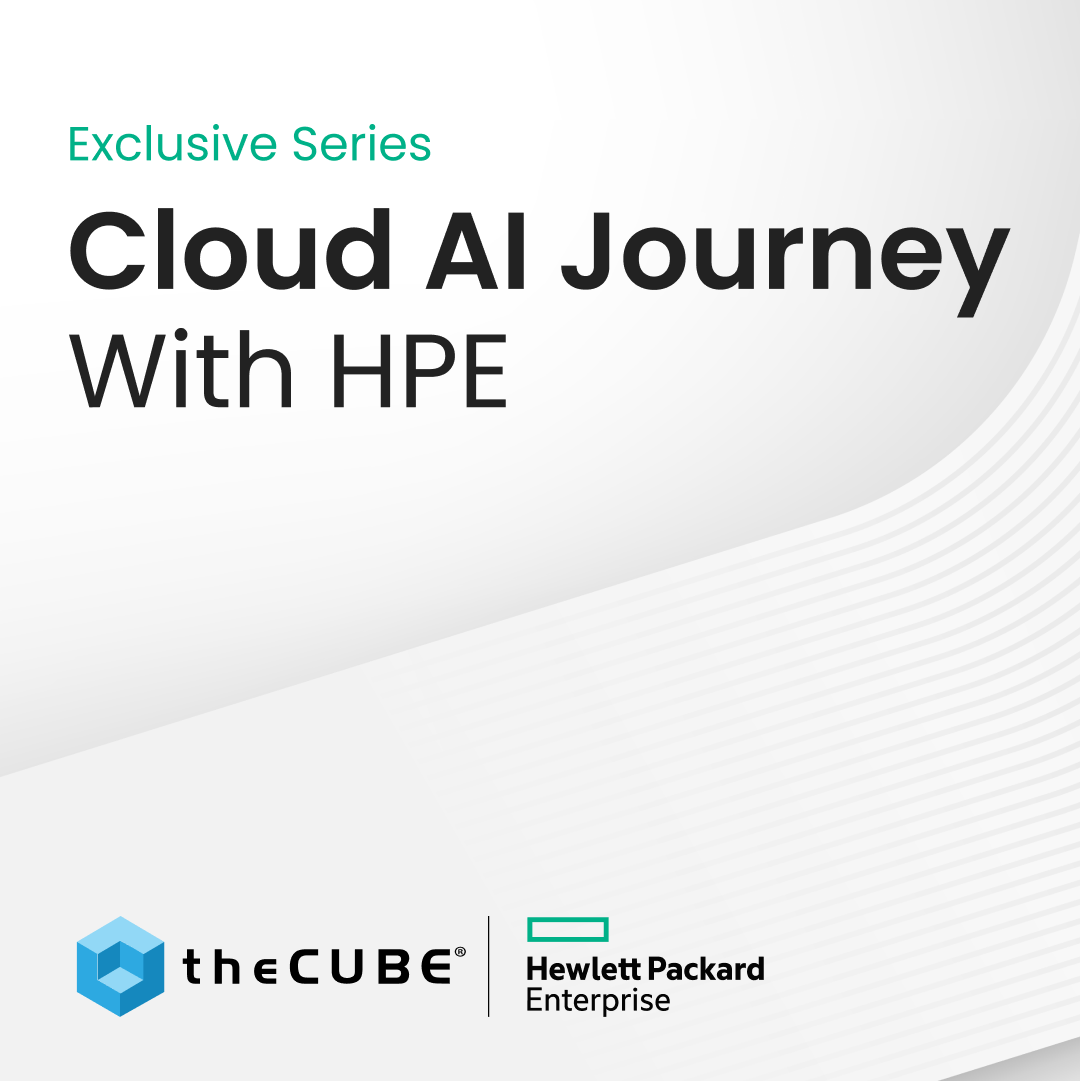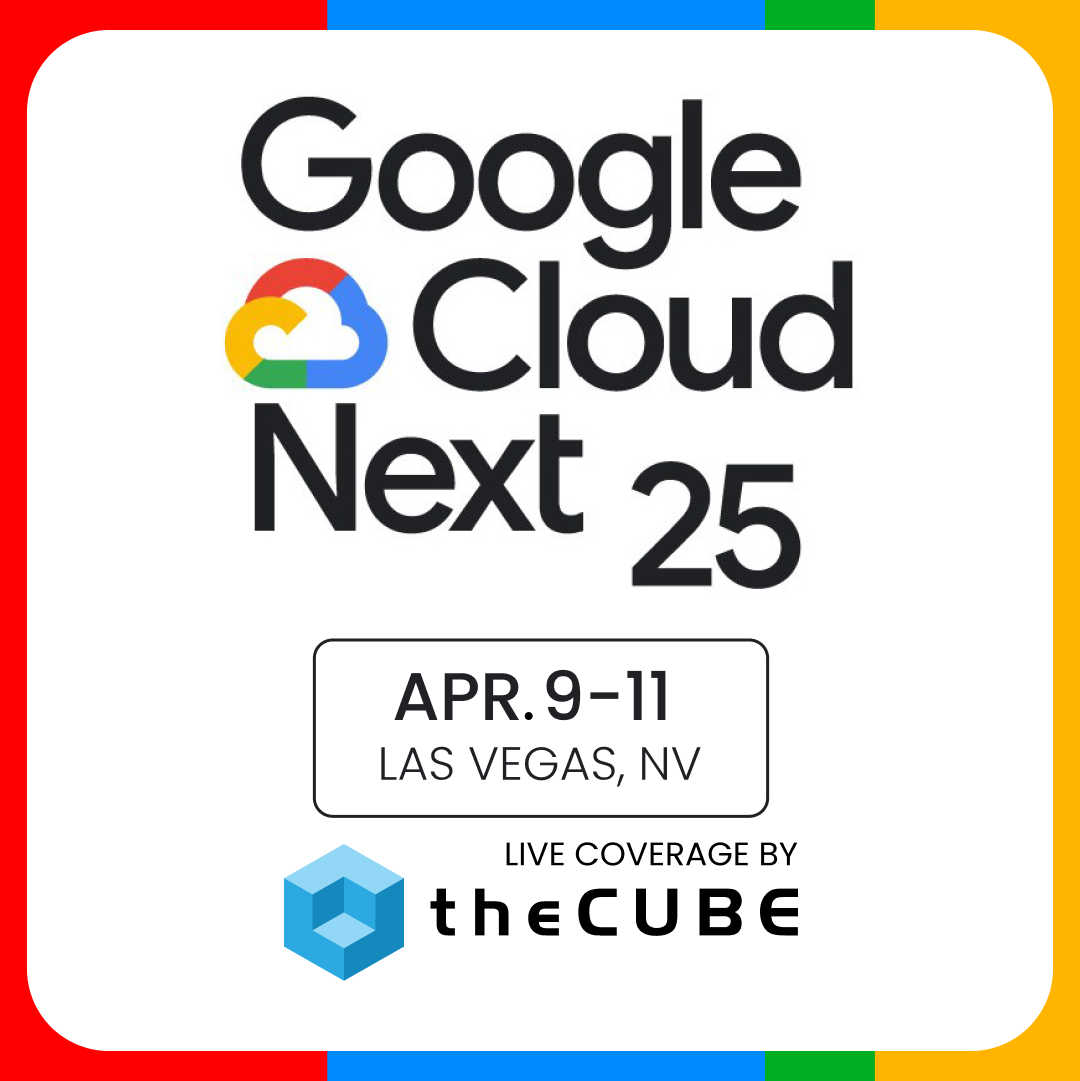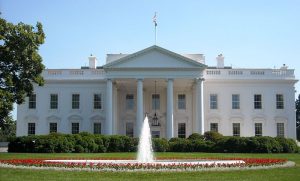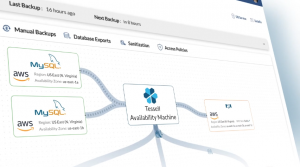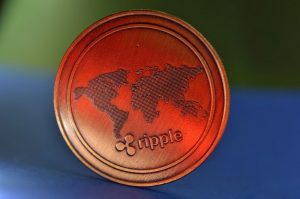The surprises discovered when EMC built their hybrid cloud | #EMCworld
![]()
At EMC World 2014, theCUBE co-hosts Stu Miniman and Steve Kenniston spoke with Barb Robidoux, VP with EMC Global Services, to get her perspective on EMC’s work with the cloud, especially the company’s efforts to Build a Hybrid Cloud Live within 48 hours at the conference.
EMC took on this seemingly hard-to-accomplish task in an effort to communicate the benefits of the cloud, including processing data faster, which in turn saves money. According to Robidoux, EMC wanted to demonstrate to professionals in the field that while difficult to pull off, building the hybrid cloud in two days was not impossible. So, the team initially set out to build a hybrid cloud in 48 hours, live.
Leading up to the conference, EMC practiced getting its hybrid cloud up and running and then tearing it back down again. What unraveled during the practice runs surprised the team: Instead of taking 48 hours to build, the hybrid cloud was only taking 10 hours to get up and running. The lesson learned, according to Robidoux, was that even though things can go faster than intended, it’s usually a good idea to allow for some leeway in case something goes wrong.
Another area that EMC has focused on recently includes developing assessment services to help customers determine their cloud-based storage needs. Divided into three categories — before, during, and after — the programs used help customers choose the exact configuration they need, such as a vBlock or VMAX system, as well as whether they need a control plane, such as ViPR, to help them manage all of their data.
When asked about any other services EMC offered, Robidoux replied, “We have a whole bunch of value-added services that are designed to really optimize and take this from just being infrastructures to service, to really getting a self-service portal going.”
Previously, EMC custom tailored its PS services to fit the needs of customers. Now, with the introduction of its federation solutions, EMC, VMware, and Pivotal can go to market, working together to meet the needs of customers as a partnership, yet still independent of each other’s competitive bases.
According to Robidoux, “I don’t know if it’s a psychological effect, but as I’m talking to customers about the federated model and why we did — for the openness — it’s almost removing an objection before they voice it.”
A message from John Furrier, co-founder of SiliconANGLE:
Your vote of support is important to us and it helps us keep the content FREE.
One click below supports our mission to provide free, deep, and relevant content.
Join our community on YouTube
Join the community that includes more than 15,000 #CubeAlumni experts, including Amazon.com CEO Andy Jassy, Dell Technologies founder and CEO Michael Dell, Intel CEO Pat Gelsinger, and many more luminaries and experts.
THANK YOU



